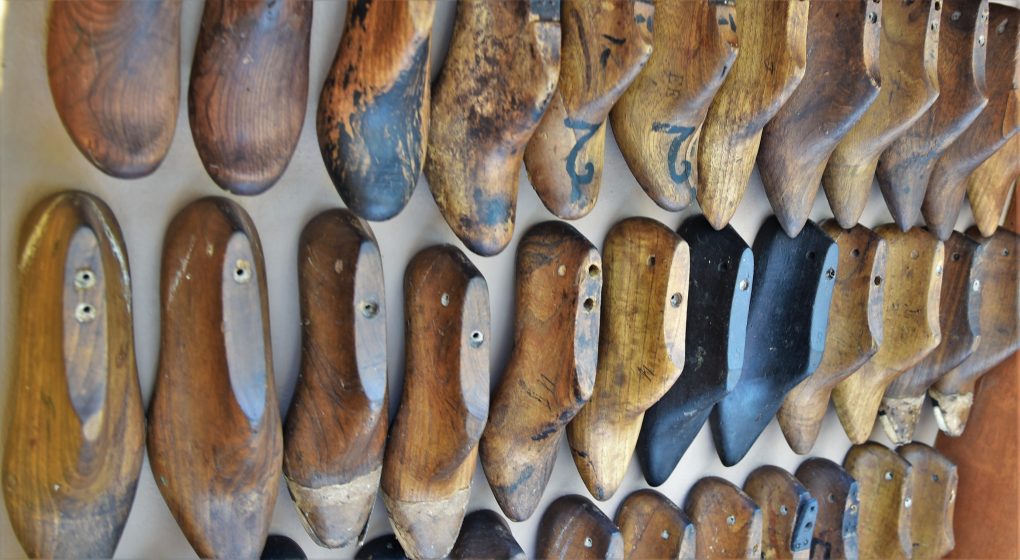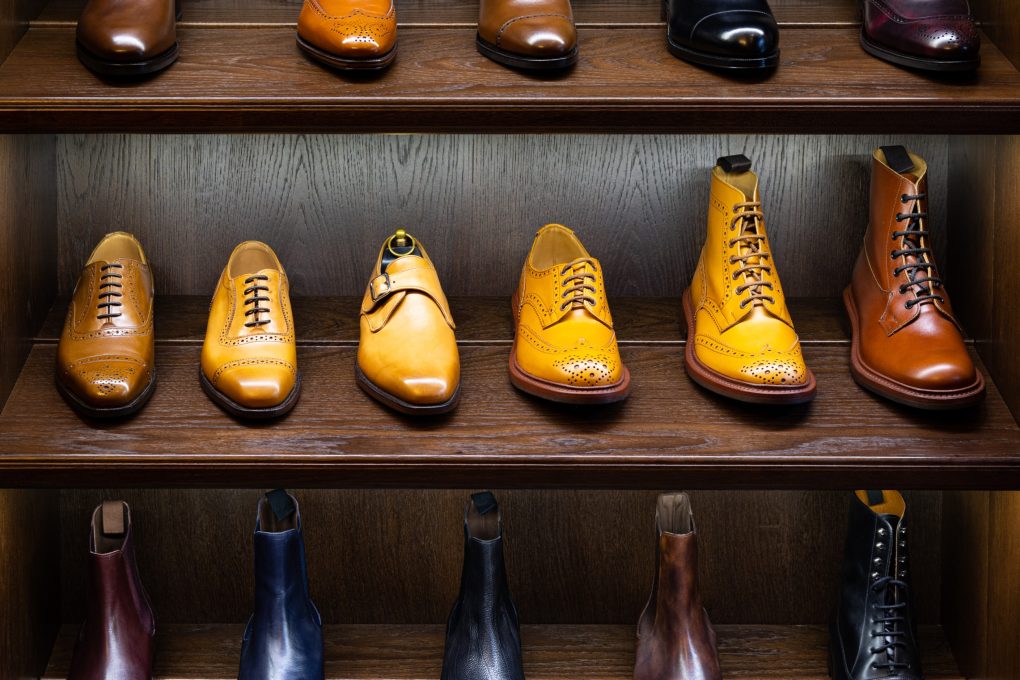Do Shoe Inserts Work: Everything You Need to Know About Shoe Inserts
Yes, shoe inserts work. They effectively improve foot function and reduce foot pain for certain people. However, the effectiveness of shoe inserts can vary depending on the specific condition being treated and the individual’s specific needs and preferences. For example, some people find shoe inserts very helpful, while others experience few benefits.
If you are considering using shoe inserts, it’s a good idea to consult with a healthcare professional, such as a podiatrist or a physical therapist, who can help to assess your specific needs and determine if shoe inserts are an appropriate treatment option for you. They can recommend the most suitable type of shoe insert for your needs and guide you on how to use them properly.


All About Insoles, Inserts, and Custom Orthotics
Shoe inserts, insoles, and orthotics are all products designed to provide additional support, cushioning, and stability for the feet. However, there are some differences between these terms.
Shoe Inserts
Shoe inserts are thin, removable inserts that are placed inside the shoe. They are commonly made of foam or other materials and are designed to provide additional cushioning or support for the feet.
Shoe inserts come in various shapes and sizes, each designed to improve the comfort and support of shoes. They can be purchased over the counter and are typically used to help alleviate foot pain caused by conditions such as plantar fasciitis, flat feet, or overpronation (rolling inward too much when running). You can also use them to help improve overall foot health and reduce the risk of foot injuries during physical activities.
There are many different shoe inserts available, and choosing a pair appropriate for your specific needs and foot type is essential.
Insoles
Insoles are similar to shoe inserts but typically thicker and more robust. They are designed to provide more substantial support and cushioning for the feet. They are more suitable for people with more severe foot problems or those participating in high-impact activities. You can also purchase insoles over the counter, or they can be custom-made by a healthcare professional.
There are various types of inserts available in the market – choose one that will fit your needs and foot shape. Insoles can help reduce pain and inflammation in feet, ankles, and knees – perfect if you struggle with these conditions regularly!
The benefits of using a shoe insole vary depending on the specific type of insole and the individual’s specific needs. Some potential benefits of using a shoe insole include the following:
- Alleviating foot pain: Shoe insoles can help to reduce foot pain caused by conditions such as plantar fasciitis, flat feet, or overpronation. They can provide additional cushioning and support to help reduce the strain on the feet and ankles.
- Improving overall foot health: Insoles can help to improve overall foot health by providing additional cushioning and support, which can help to reduce the risk of foot injuries and improve foot function.
- Improving performance: Insoles can also help to improve performance during physical activities by providing a stable base of support for the feet and ankles.
- Enhancing comfort: Insoles can help improve comfort by providing additional cushioning and support for the feet, which can be especially important for people who stand or walk for long periods.
Custom Orthotics
Custom orthotics, also known as custom-made inserts or orthopedic shoes, are inserts designed to meet the specific needs of the individual. They are typically made by a healthcare professional, such as a podiatrist, based on a detailed assessment of the individual’s feet and gait.
This type of insert is often used to treat specific foot problems and is typically more expensive than over-the-counter shoe inserts or insoles. Custom orthotics are made by taking a mold or impression of the individual’s feet and using this information to create a pair of inserts specifically tailored to that person’s needs.
Custom orthotics can help alleviate foot pain, improve overall foot health, and enhance performance during physical activities. Therefore, it is essential to consult a doctor before starting orthotic treatments, as not all types of orthotics are suited for everyone. If you have orthotics, ensure they always stay clean and dry to ensure their long-term viability.


Things to Consider in Selecting and Using Shoe Inserts
Sizing
Shoe inserts need to fit correctly to be effective. Shoe inserts come in different sizes, designed to correct foot alignment and other biomechanical issues. If the inserts are too large or too small, they may not provide the necessary level of support and cushioning for the feet, resulting in reduced effectiveness or even foot pain.
If you are purchasing over-the-counter shoe inserts, it’s a good idea to follow the sizing guidelines provided by the manufacturer. For example, suppose you are using custom orthotics. In that case, you must work with a healthcare professional, such as a podiatrist or a physical therapist, who can help evaluate your specific needs and ensure that the inserts are correctly sized.
Materials
The material of shoe inserts can affect the level of support and cushion provided by the inserts and the overall durability and comfort. Different materials can offer various benefits and are more suitable for specific individuals or activities.
Some common materials used in shoe inserts include foam, gel, plastic, and leather. Foam inserts are commonly used because they are lightweight, flexible, and provide a good level of cushioning. Gel inserts are also popular because they provide cushioning and can conform to the foot’s shape.
Plastic inserts are more rigid and are often used for more severe foot problems or for people who need more support and stability. Leather inserts are durable and breathable but provide less cushioning than other materials.
When choosing shoe inserts, it’s essential to consider the material and how it will affect the level of support and cushioning, as well as the overall durability and comfort of the inserts. It’s also a good idea to consider your specific needs and preferences and the intended use of the inserts.
Placement
It’s essential to place the inserts in the correct position in the shoes to ensure they provide the necessary support and cushioning. This can be especially important if you use the inserts to help alleviate foot pain or improve overall foot health.
There’s a lot of information available on insole placement and what works best for different people. But in the end, it comes down to personal needs and preference- so choose the placement of shoe inserts that is most comfortable and supportive for you.